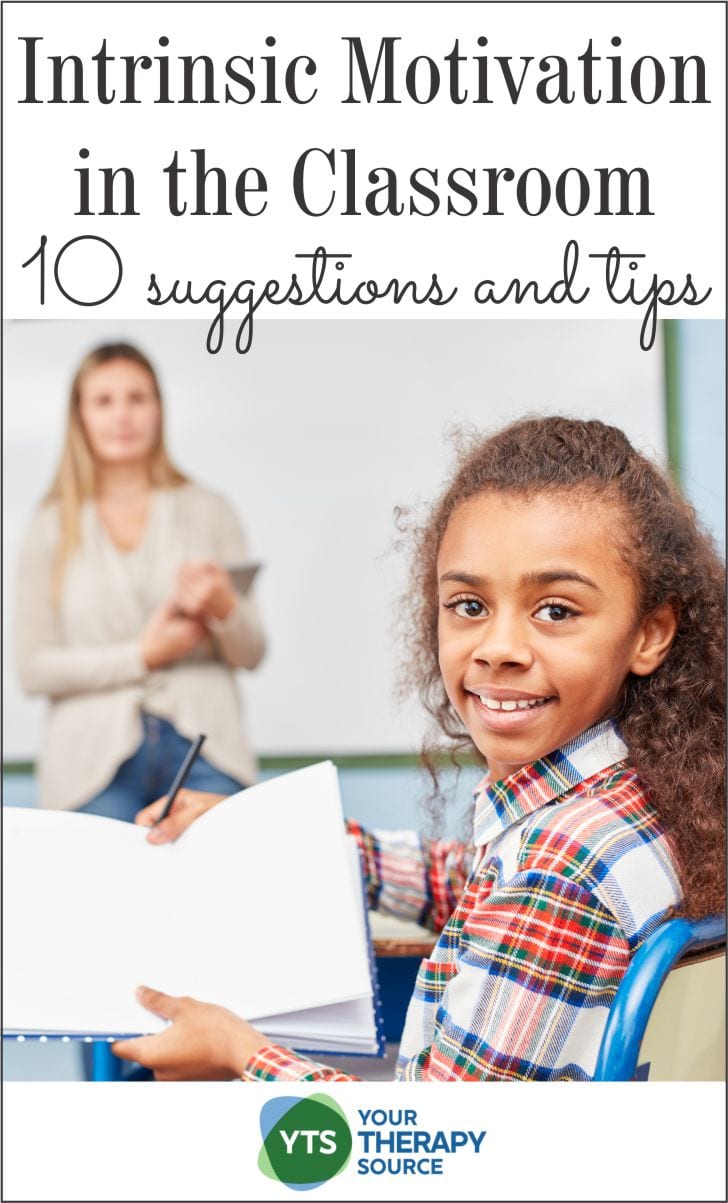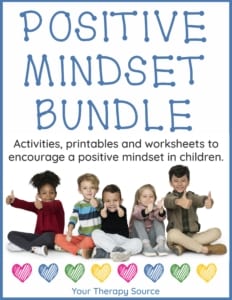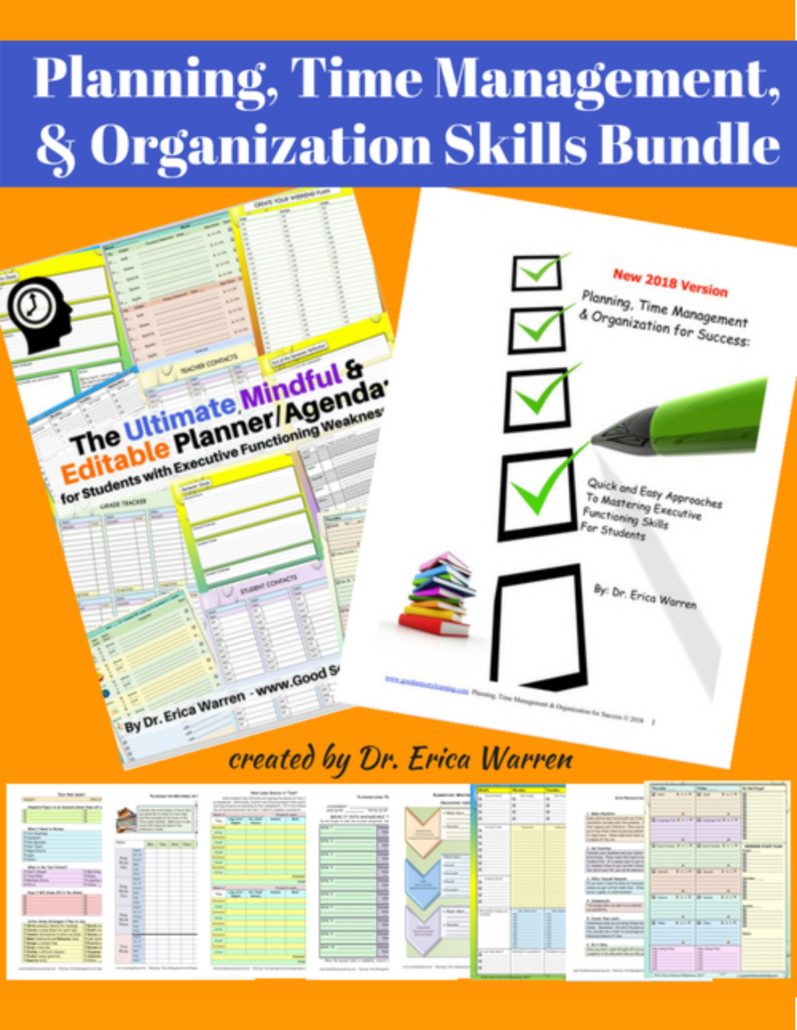Intrinsic Motivation in the Classroom – How to Help

Intrinsic motivation in the classroom is the ability to complete a skill or activity based on personal interest, achievements, and enjoyment not for external rewards.
Many children need external motivation in the classroom or with related service providers to complete tasks or practice skills. Teachers and related service providers may use different reward systems such as Punch Cards and Reward Cards for Therapy to encourage children to participate.
Intrinsic motivation in the classroom can be harder to facilitate in children then extrinsic motivation.
Suggestions to Increase Intrinsic Motivation in the Classroom
Independent thinking
Allow the student to work on a certain skill and report back to you how they have improved that skill. They can improve or change it any way that they think will help.
Provide choices
Children can be more intrinsically motivated if they have a say in how they are accomplishing a goal. Try not to make any activity a requirement. Offer various choices or let them create their own suggestions of how they can accomplish the goal or complete the task.
Power of positive thinking
Having an “I can” attitude can help tremendously and build up a student’s confidence. Check out the Positive Mindset bundle.
Cooperative learning
Students may feel more motivated when they can work with other students to help or teach them a skill.
Ask questions
Encourage students to think for themselves rather than provide answers to them. For example – what suggestions do you have to increase your handwriting speed? Read more on executive functioning and questions here.
Keep it fun with some competition
Most kids like to win and feel a sense of pride when they do. Therapeutic activities or academic material can be intertwined with games.
Shoot for your personal best
If the students in your classroom struggle with competition, don’t compare abilities to others but rather that each student improves each time. Teach the student to track his/her own goals to visually represent improvements over time. Check out My Goal Tracker for student-generated data collection.
Plan together
Ask the student how they would like to reach a goal? Explain what options are available and plan together what may work best.
Educate the student
When you are working on a certain activity, explain to the student why you are doing that specific activity or learning new material and how it will help him/her in their everyday life.
Teach self-direction and independence
Everyone feels a larger sense of accomplishment when you are able to do something all by yourself. Many students struggle with planning and organizing their school assignments and tasks. If you need strategies and methods to help structure, guide, and support student self-direction and independence in the areas of organization, time management and planning (executive functioning skills), check out this Planning, Time Management, and Organization Skills bundle.
FIND OUT MORE ABOUT THE BUNDLE to help develop self-directed and independent students.
Get your 6 FREE Executive Functioning Worksheets from the Planning, Time Management, and Organization Skills bundle.
Sign up to receive the weekly email newsletter and announcements from Your Therapy Source. You will be redirected to the download. If you are already a subscriber, please still enter your email to access the download.





